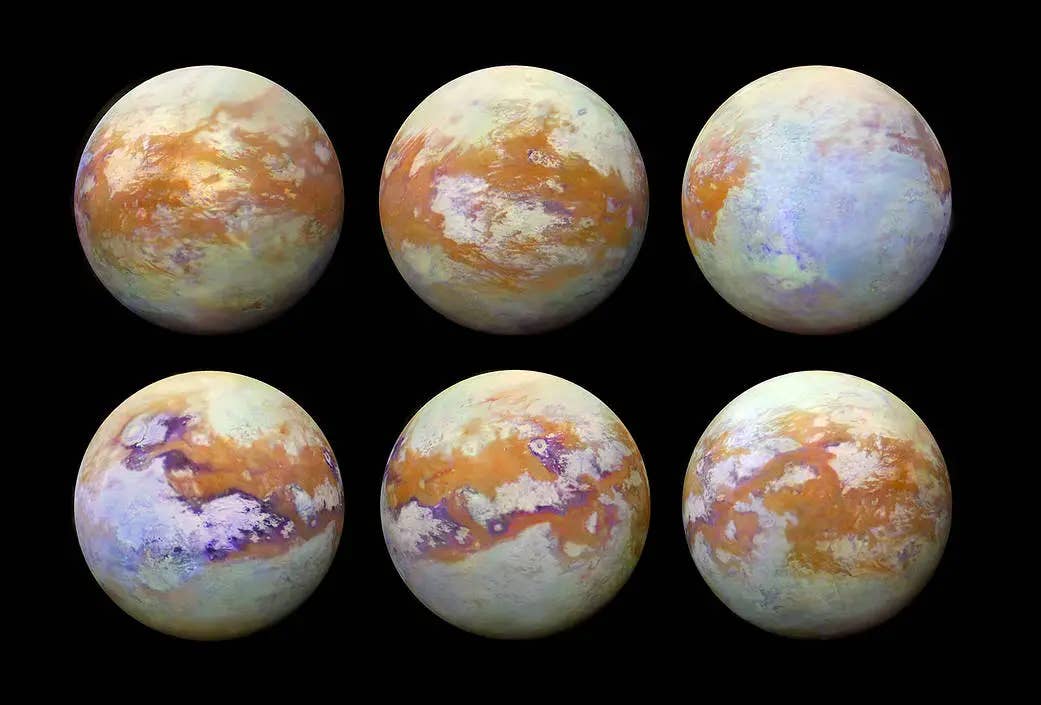Printable Organs Are Closer Than Ever Thanks to Three Bioprinting Breakthroughs

Share
Over the next few weeks, while browsing cuties on the dating app, Tinder, you may find an image of a celebrity with an ‘organ donor’ icon next to their photo. By swiping right (usually an action which means “sexy!”), you will be given the option to register as an organ donor.
In what might seem an unlikely partnership, Tinder has partnered with the UK’s National Health Service (NHS) to recruit organ donors.
Why? Desperate times sometimes call for unconventional measures.
The NHS recently reported that organ donor rates have fallen for the first time in over a decade. In the US specifically, over 122,000 people are on a waitlist to receive much needed organs. According to the United Network for Organ Sharing (UNOS), every 10 minutes another name is added to the transplant waiting list, but an average of 21 people still die every day because there aren’t enough organs available.
Unfortunately, even actively recruiting organ donors won’t make the organ shortage go away. Dr. Mark Siegler, MD, Director of the MacLean Center for Medical Ethics argues that the shortage can only be solved with living donors.
“The growing gap between waiting list and available organs cannot be solved without living donors, because the potential supply is far, far greater than the potential supply of deceased donors.”
The good news is we’re getting closer to a future where neither living nor deceased donors will be necessary. You know what’s even sexier than organ donation? Bioprinting organs.
Let’s take a look at a few recent breakthroughs in bioprinting getting us closer to a world in which organ shortages will be a thing of the past.
3D Printed “Living” Blood Vessels
At Lawrence Livermore National Laboratory, Monica Moya and her team have developed a method which allows vascular networks to self-assemble in bioprinted tissues.
The team has successfully bioprinted structures out of cells and other biomaterials with artificial tubes to allow nutrients to flow through the the bioprinted environment. As blood flows through the artificial vessels, the vascular network self assembles, connecting to the bioprinted tubes and delivering nutrients to the cells on their own.
Moya describes the approach as co-engineering with nature:
“We’re leveraging the body’s ability for self-directed growth, and you end up with something that is more true to physiology. We can put the cells in an environment where they know, ‘I need to build blood vessels.’ With this technology we guide and orchestrate the biology.”
Bioprinted Mouse Thyroid Gland Successfully Transplanted — Human Thyroid Is Next
According to the World Health Organization, 665 million people in the world are affected by thyroid disorders. In the case of thyroid dysfunction caused by cancer, not even a donor transplant helps because patients who receive organ transplants have to undergo immunosuppression therapy, which can speed up the development of cancer cells.
Be Part of the Future
Sign up to receive top stories about groundbreaking technologies and visionary thinkers from SingularityHub.


Moscow-based 3D Bioprinting Solutions Lab is focused on solving this problem.
In March of 2015, 3D Bioprinting Solutions became the first group to successfully bioprint a thyroid gland for a mouse with the intention of transplanting into living mice. Months later, the group announced they had successfully transplanted the bioprinted thyroid and reported that after 11 weeks of monitoring the subjects’ 3D printed thyroid glands, they were in working order with completely restored function.
Last week, Vladimir Mironov, head of 3D Bioprinting Solutions, announced his laboratory is ready to start printing a human thyroid gland after their successful experiments on mice. They also have plans to bioprint a human kidney.
The team used the company’s own patented bio-printing process to construct the thyroid. They began by extracting stem cells from the living organism via its fat cells. These cells are then mixed with a hydrogel and extruded layer by layer. Once the cells take shape, the hydrogel dissolves.
3D Printed Human Skin for Testing
San Diego headquartered Organovo designs and creates functional human tissues for use in drug testing and medical research. Earlier this year, the company partnered with L’Oreal to provide bioprinted human skin for use in testing the safety of cosmetic products.
This is just one new step for Organovo in their mission of bioprinting functioning human organs.
We’re still some time away from being able to print fully functioning human organs, so we might have to depend on Tinder (and others) to recruit donors in the short term. But over time, these breakthroughs will add up to a day when new organs will be readily available for everyone.
Image Credit: Shutterstock.com
Sveta writes about the intersection of biology and technology (and occasionally other things). She also enjoys long walks on the beach, being underwater and climbing rocks. You can follow her @svm118.
Related Articles

This Week’s Awesome Tech Stories From Around the Web (Through December 20)

Data Centers in Space: Will 2027 Really Be the Year AI Goes to Orbit?

New Gene Drive Stops the Spread of Malaria—Without Killing Any Mosquitoes
What we’re reading